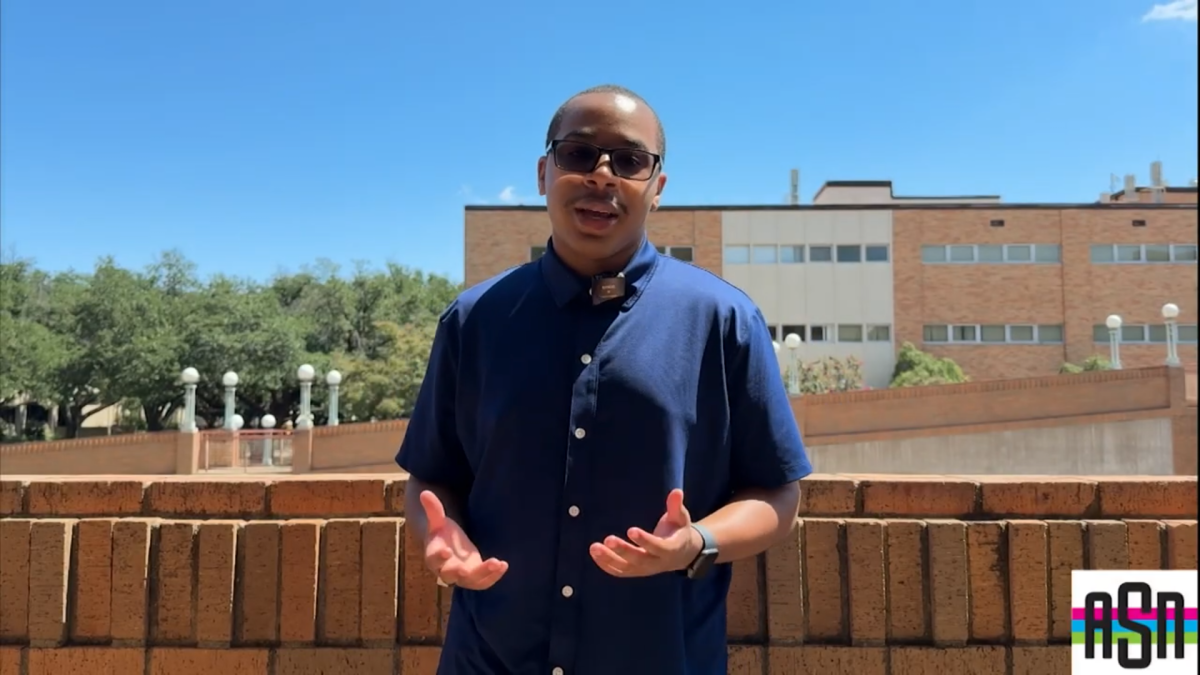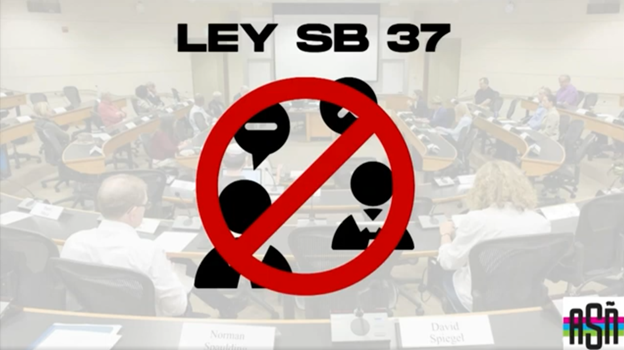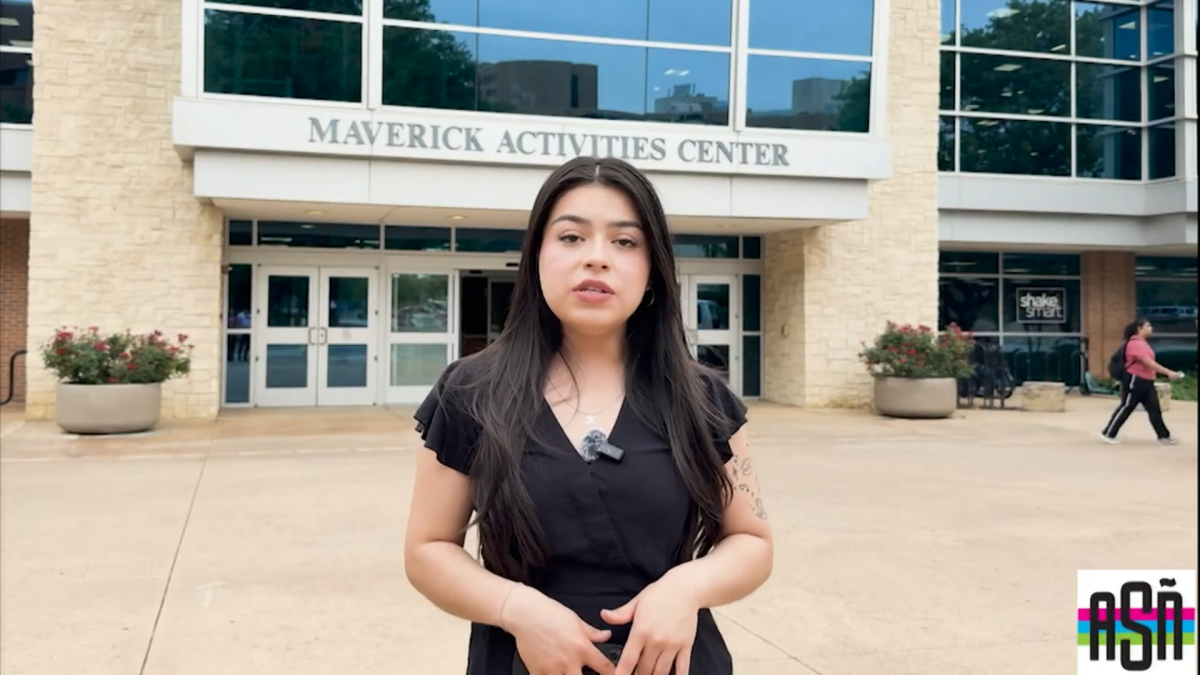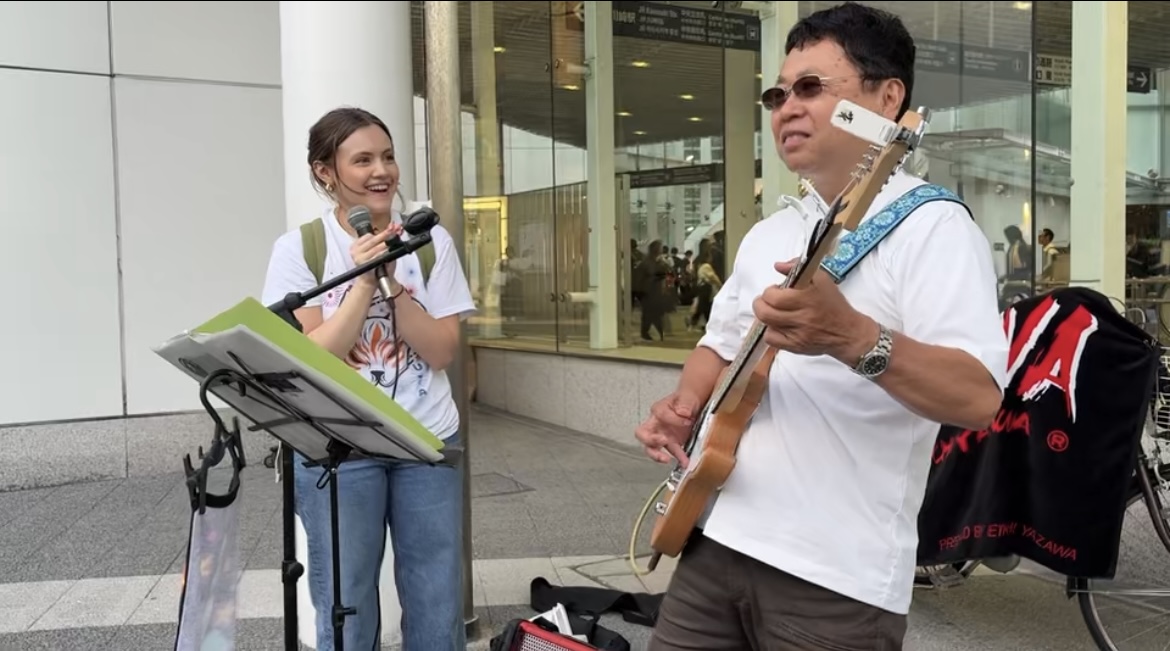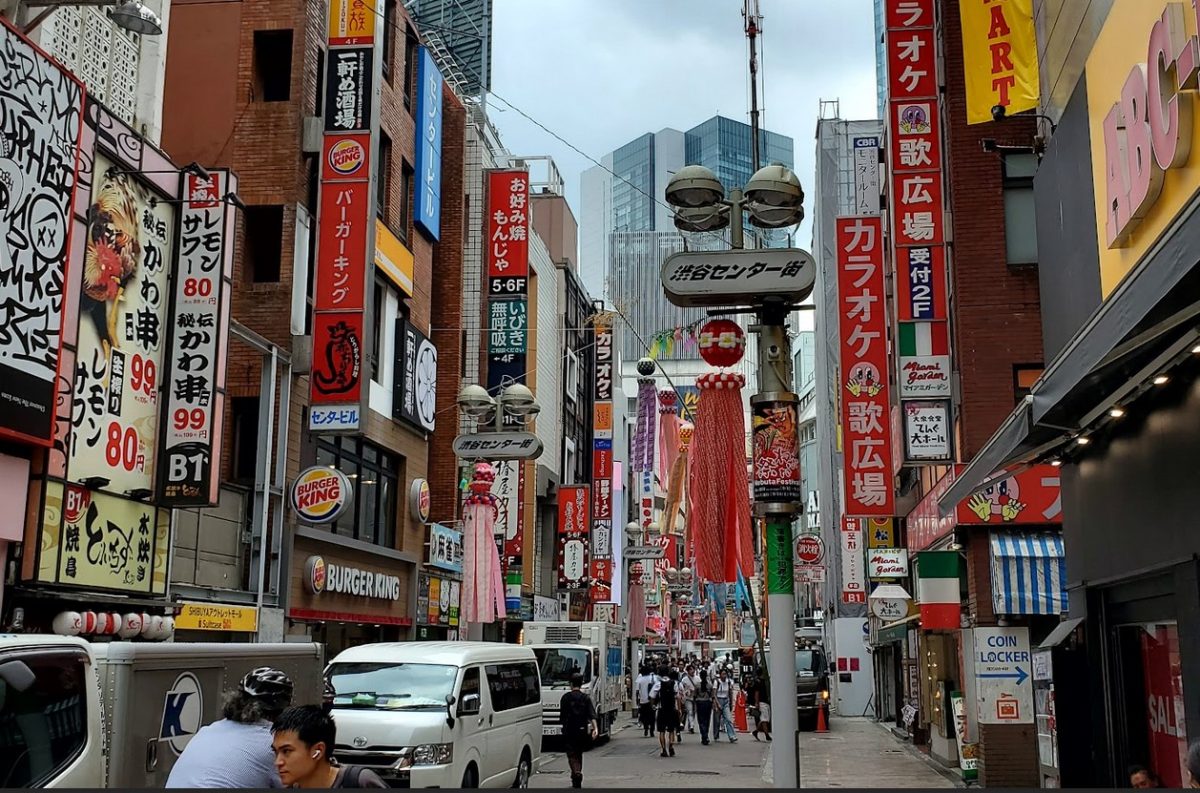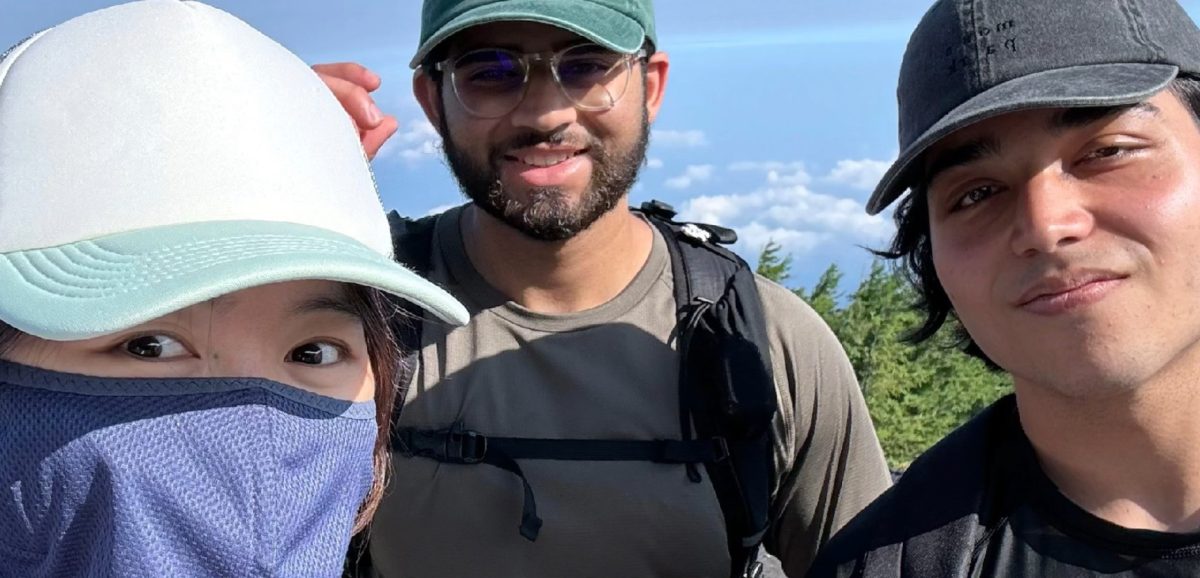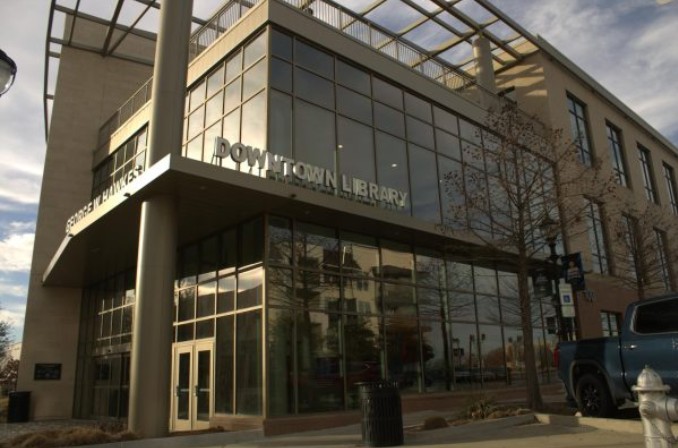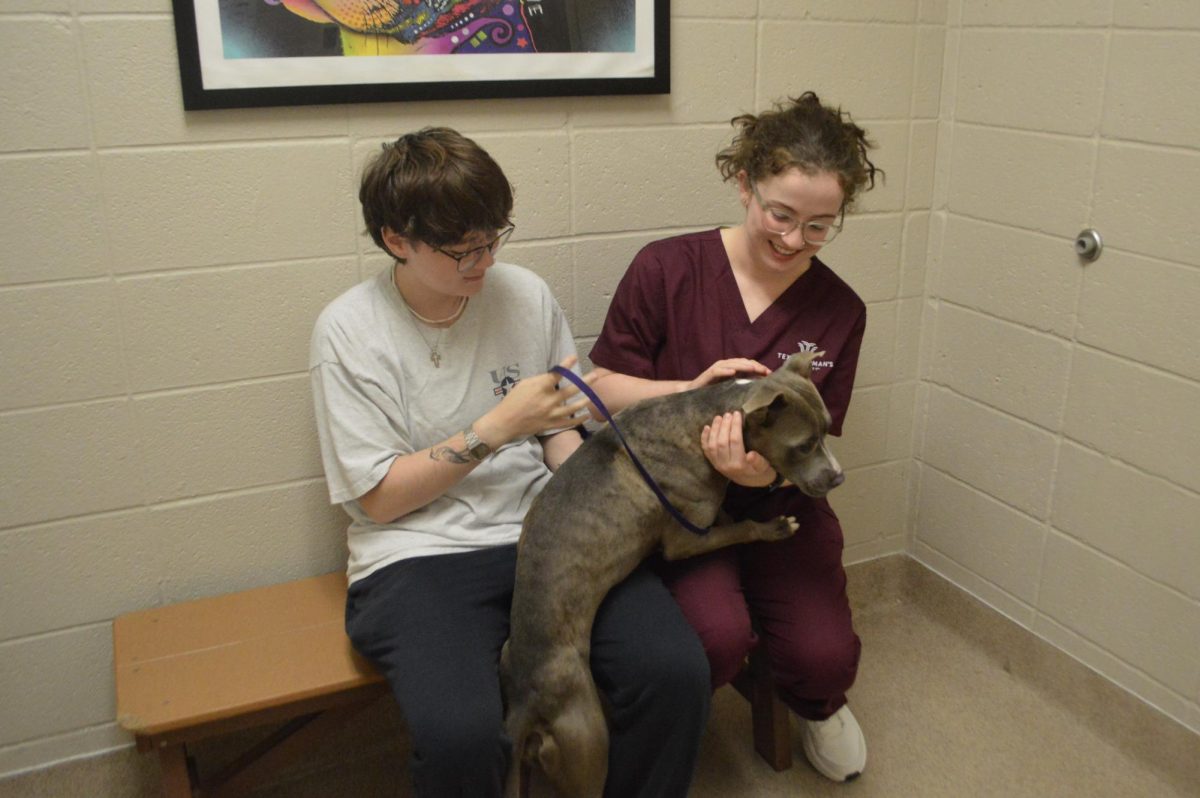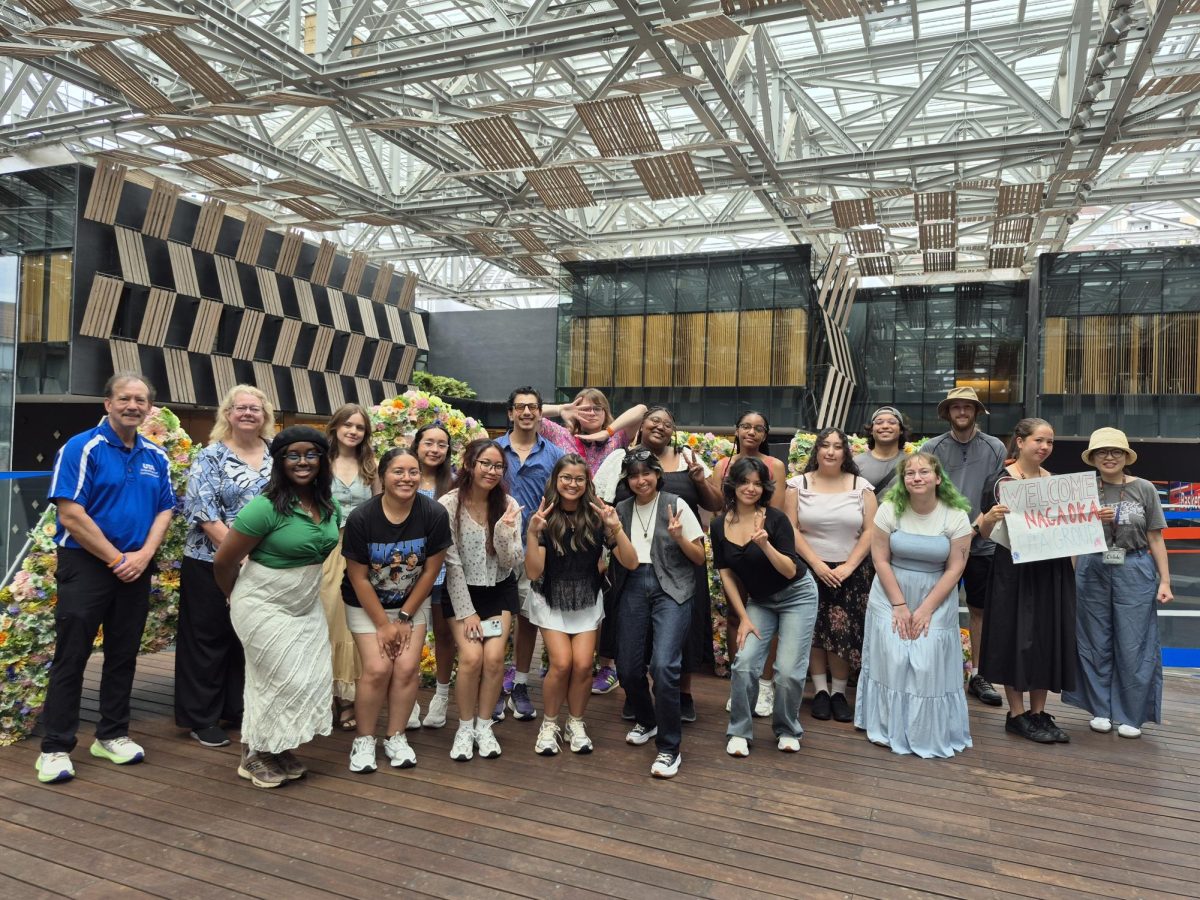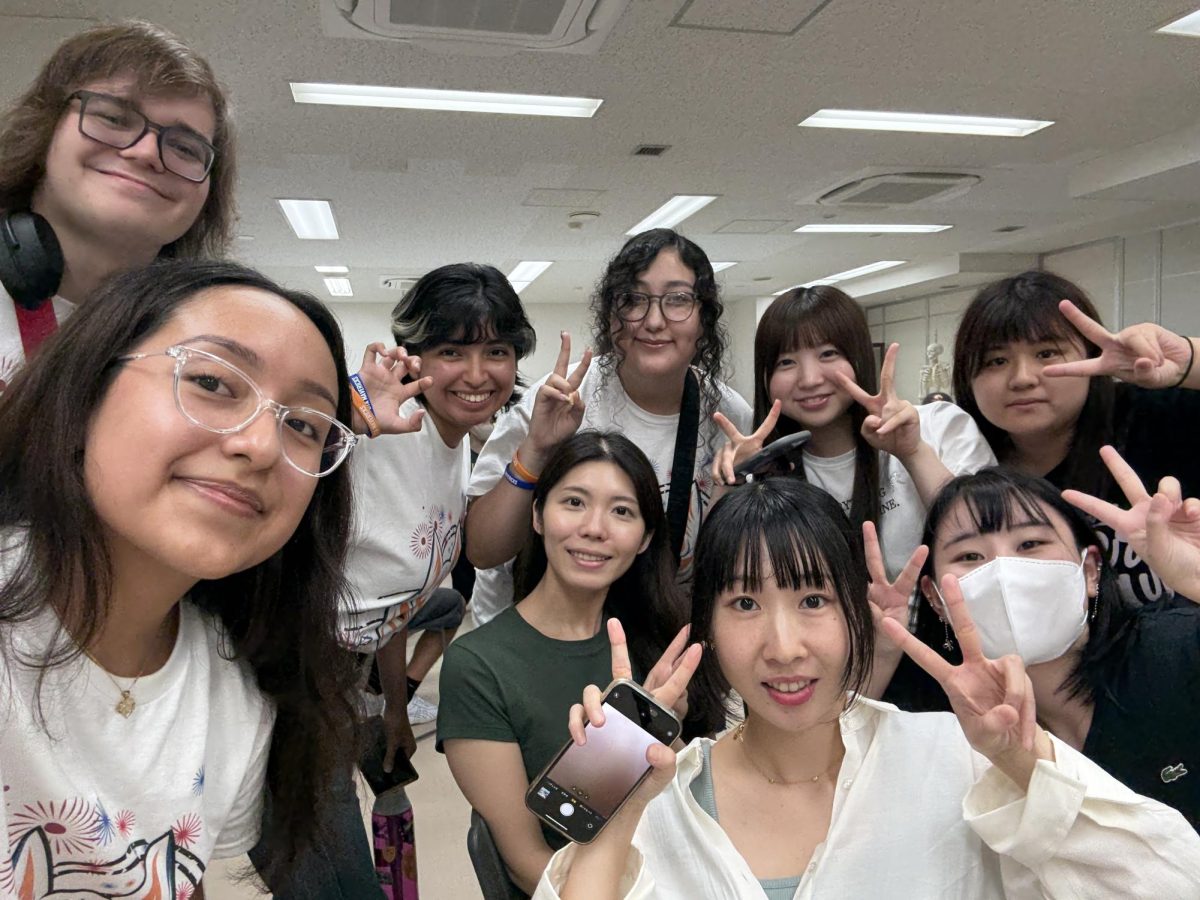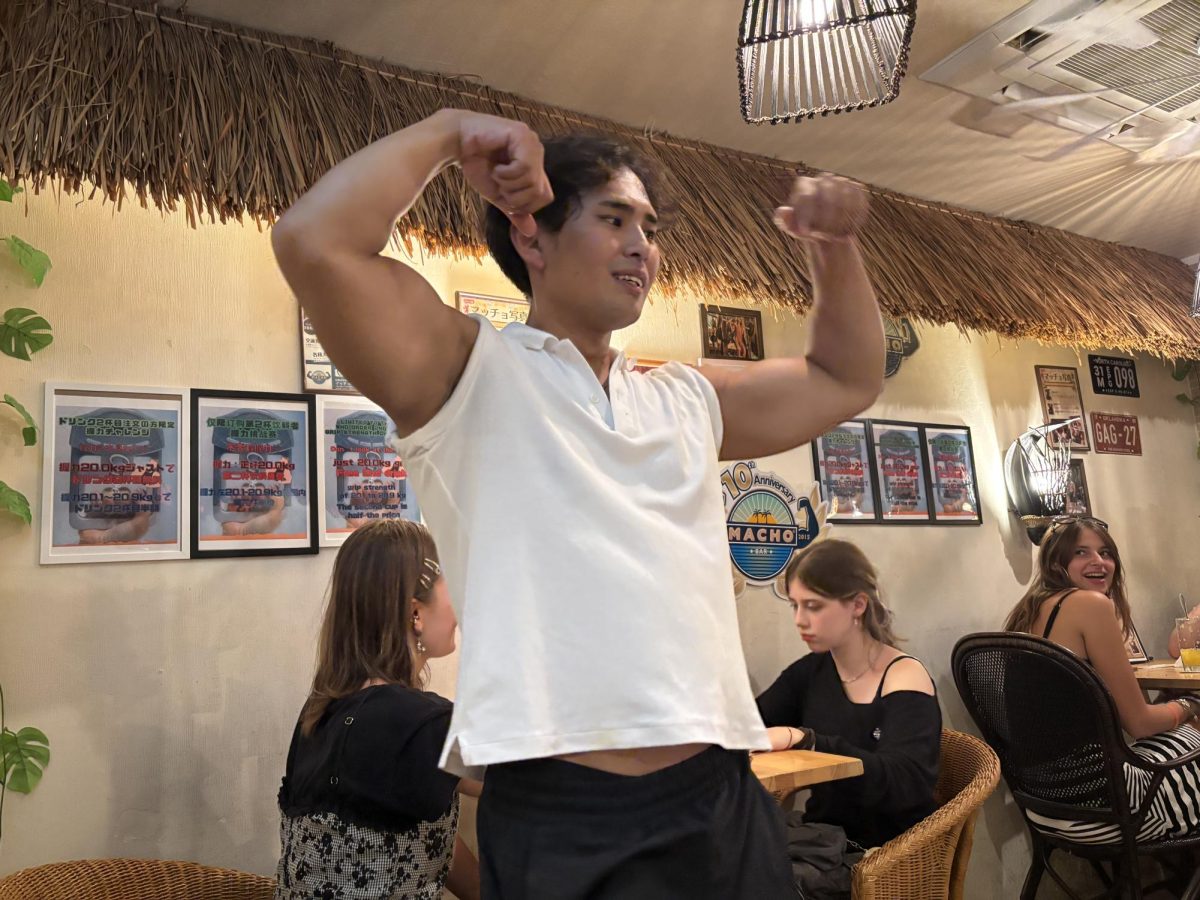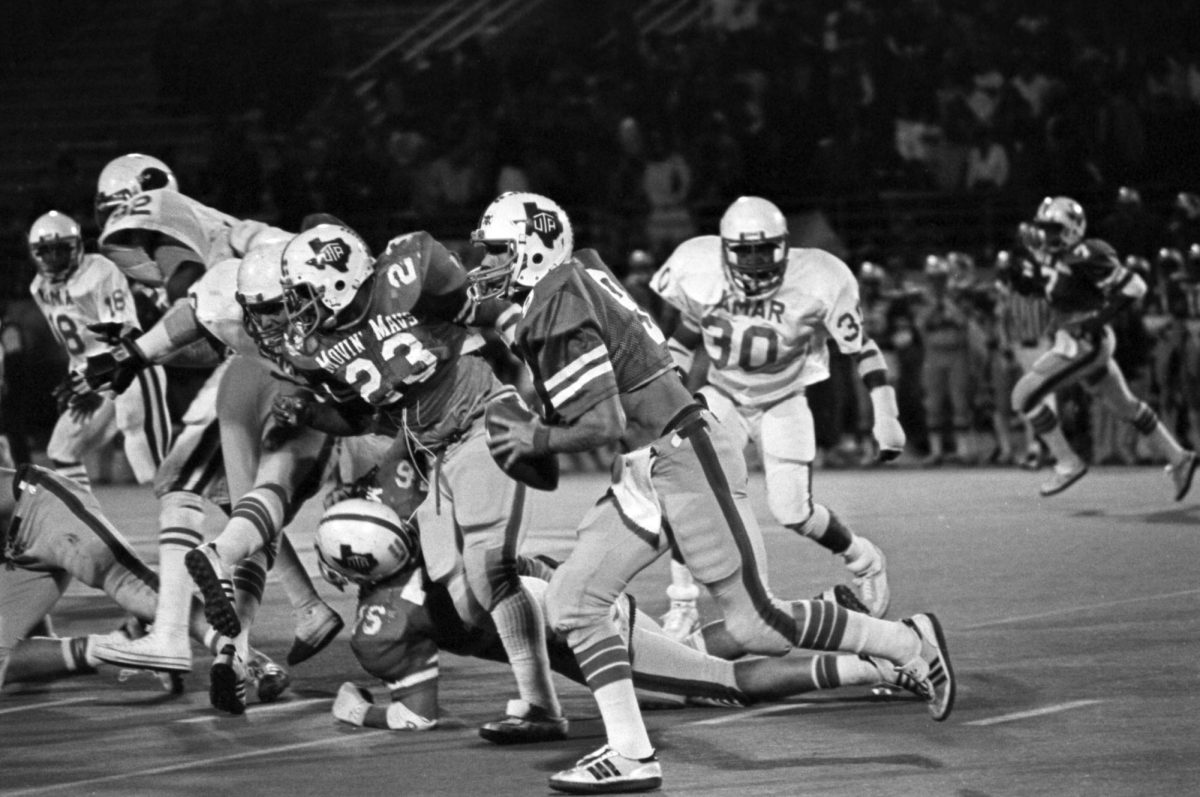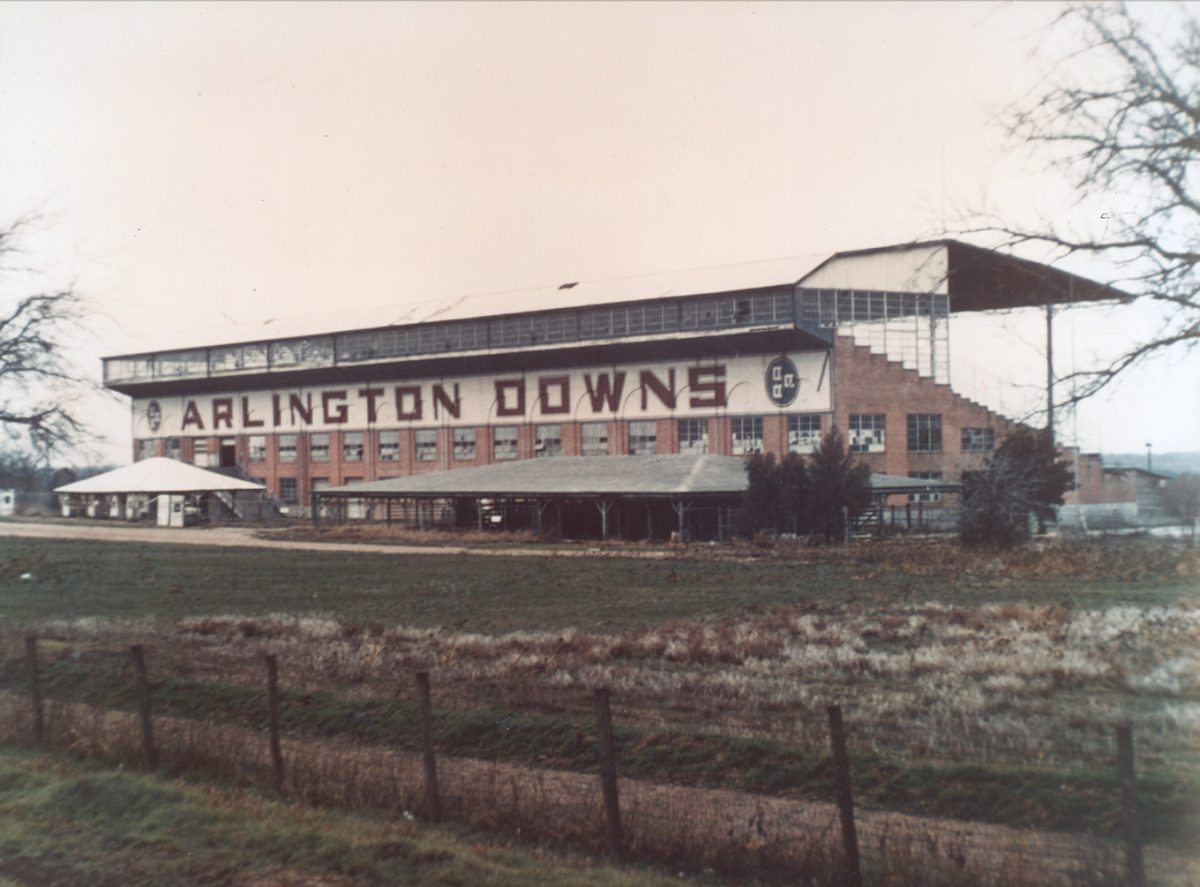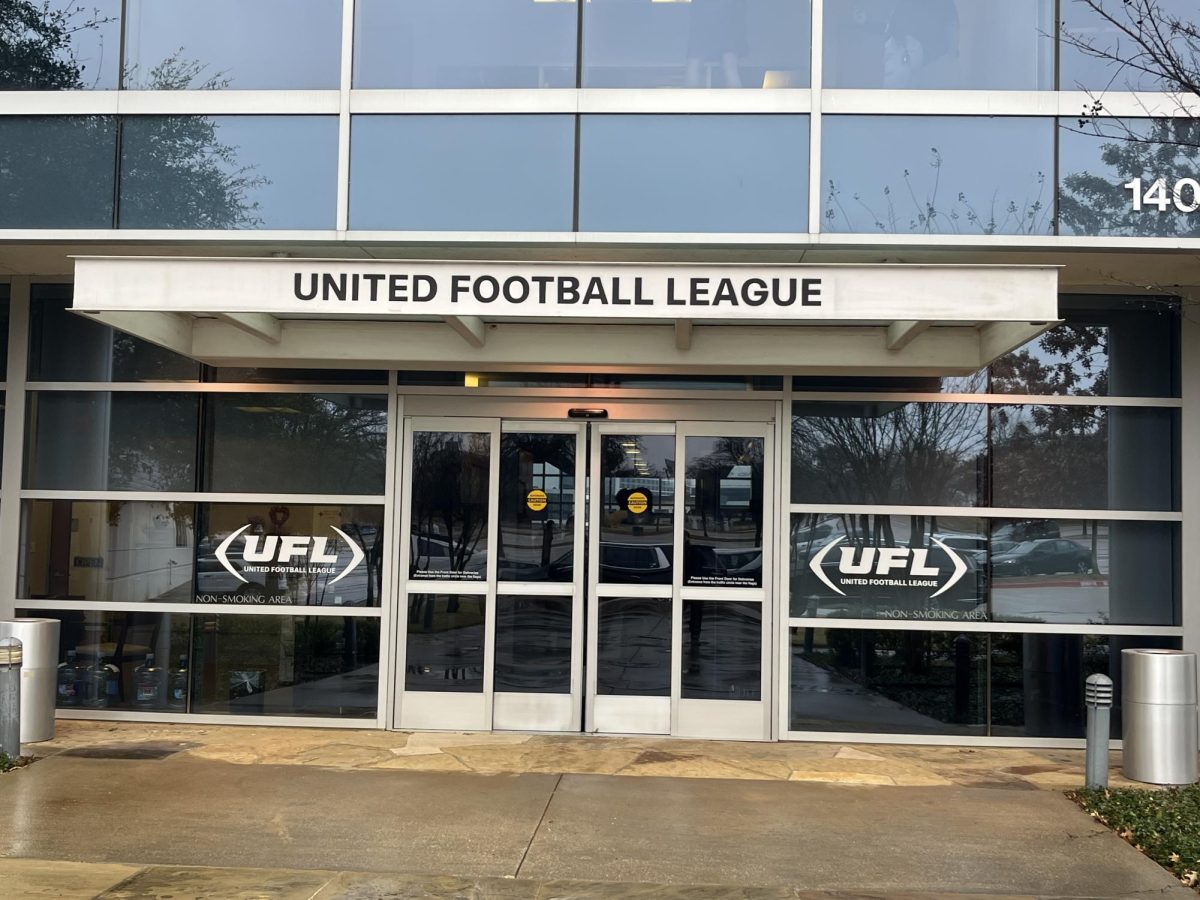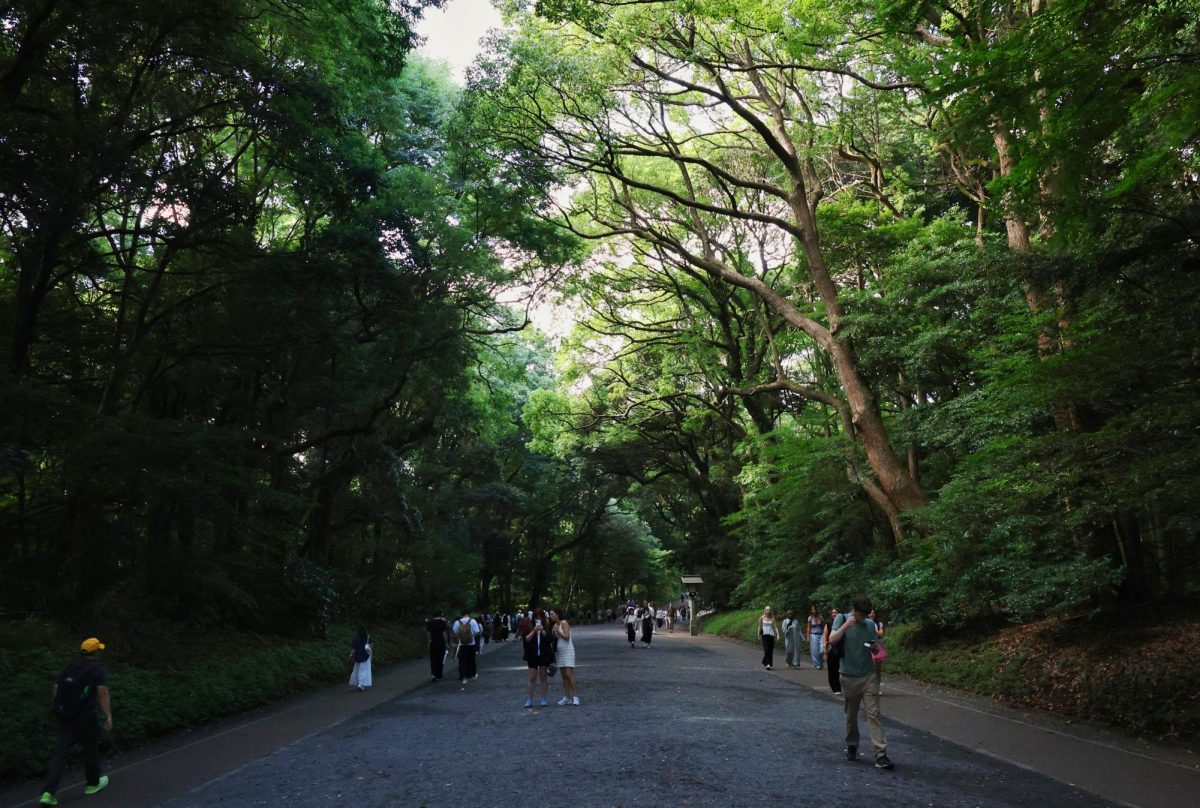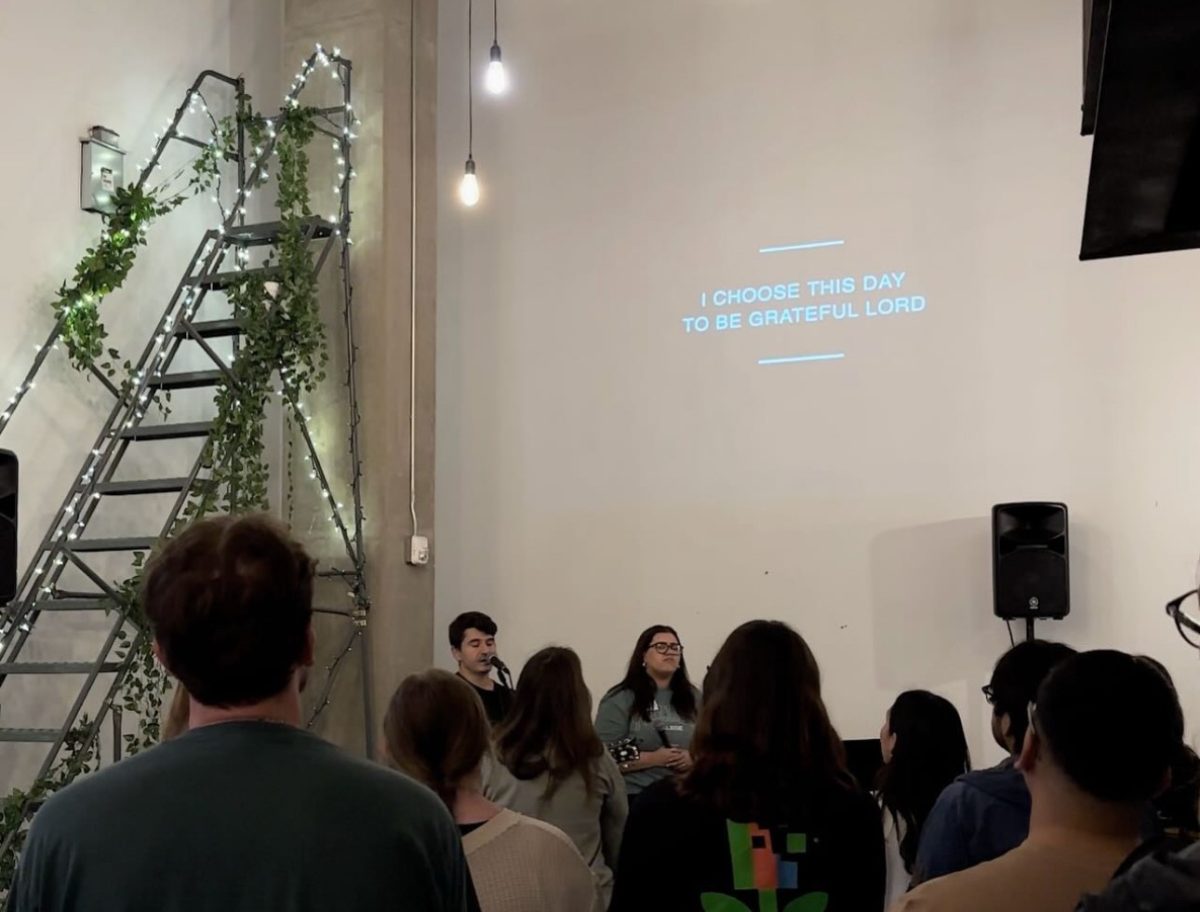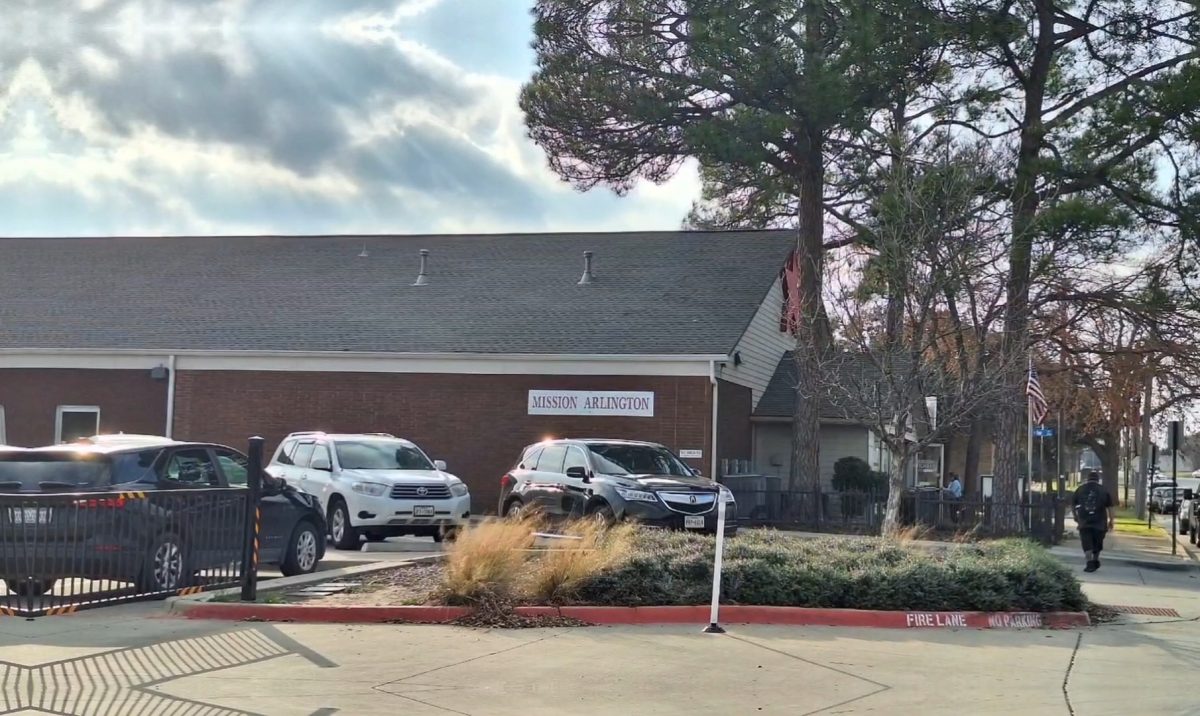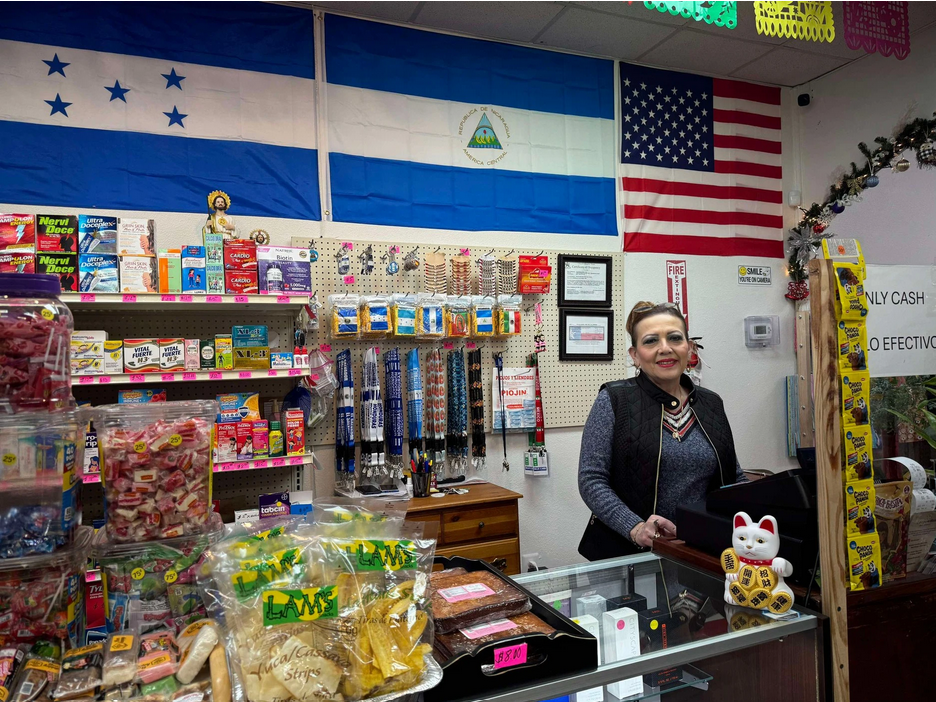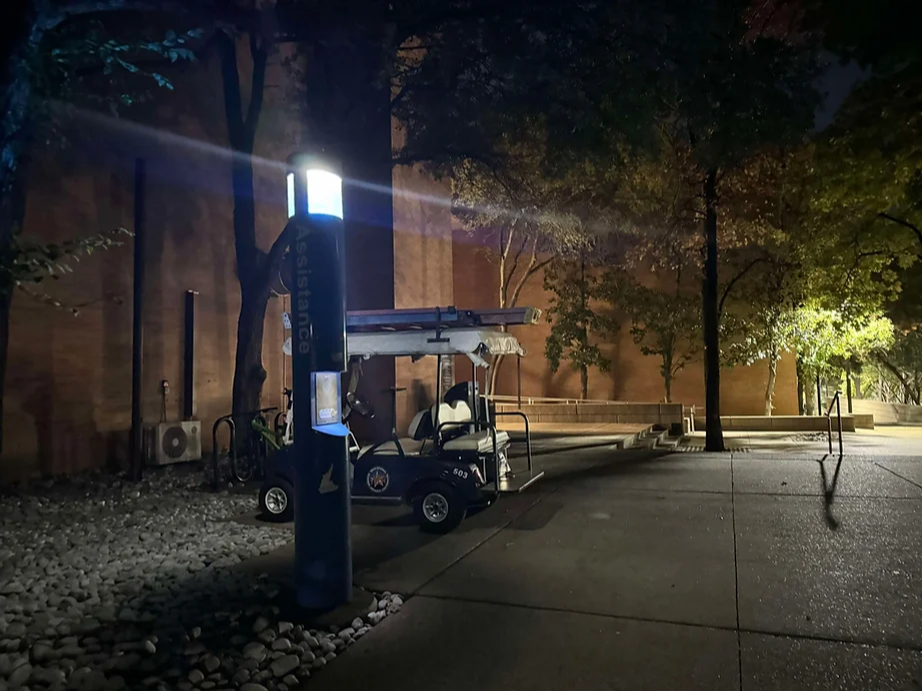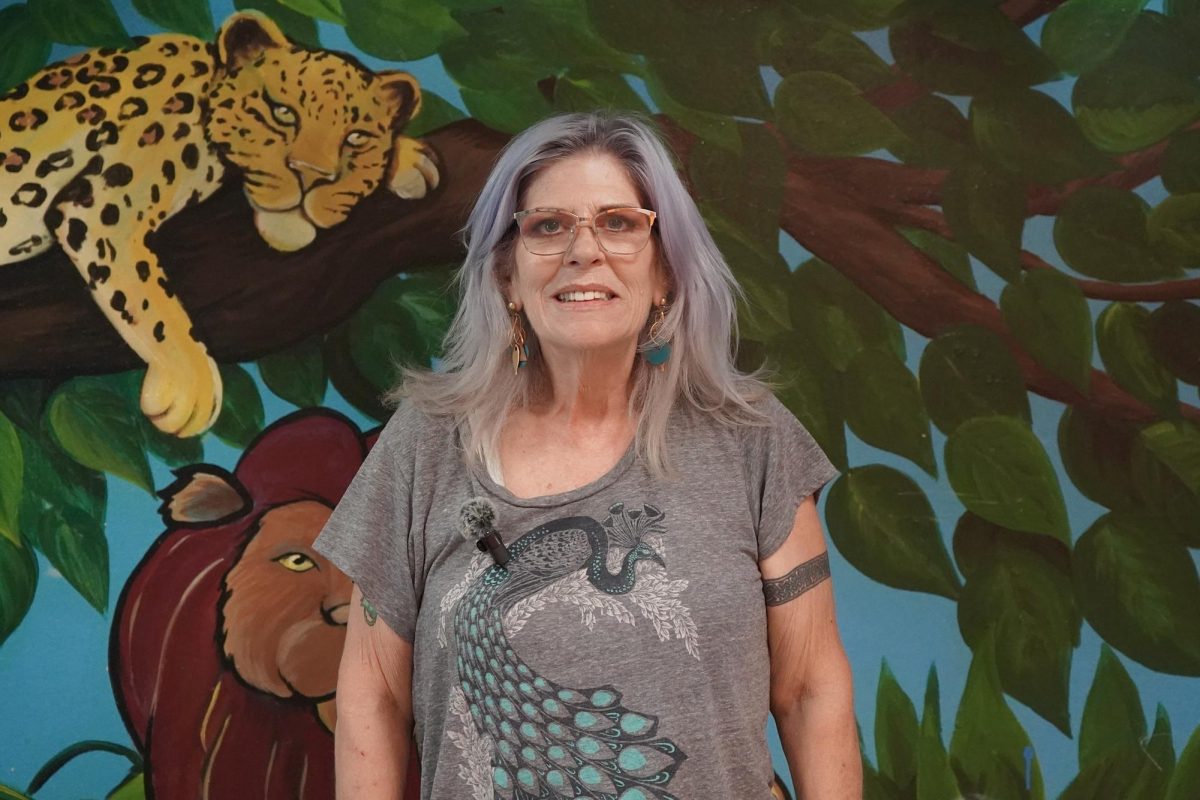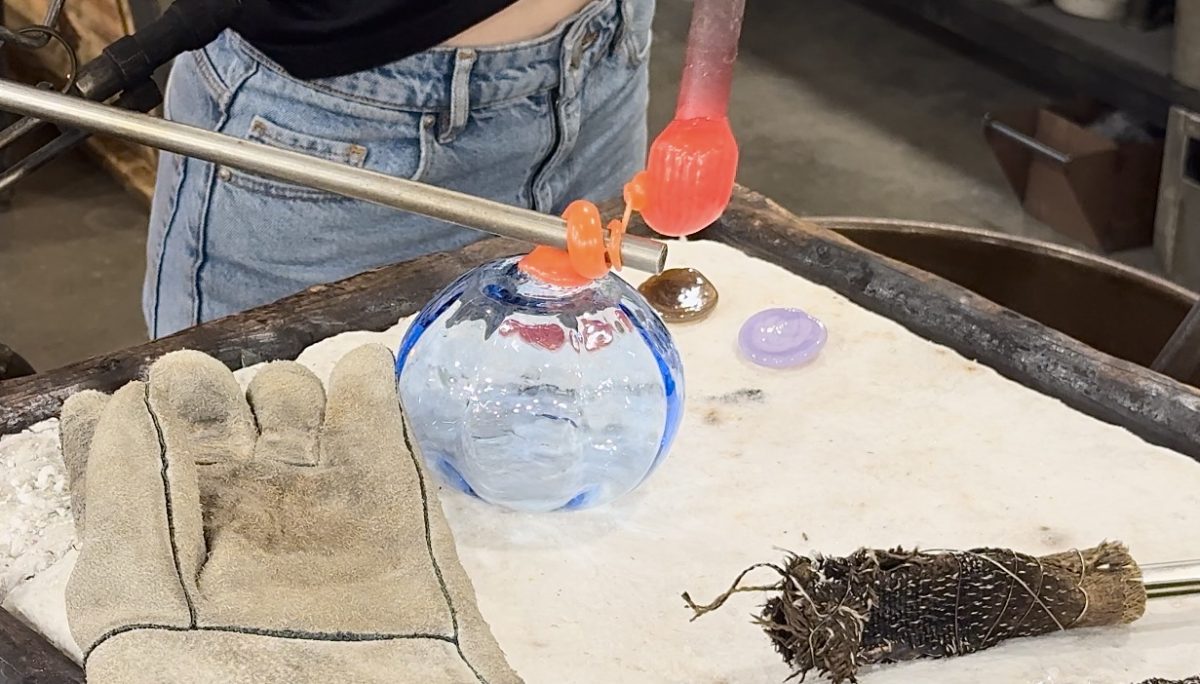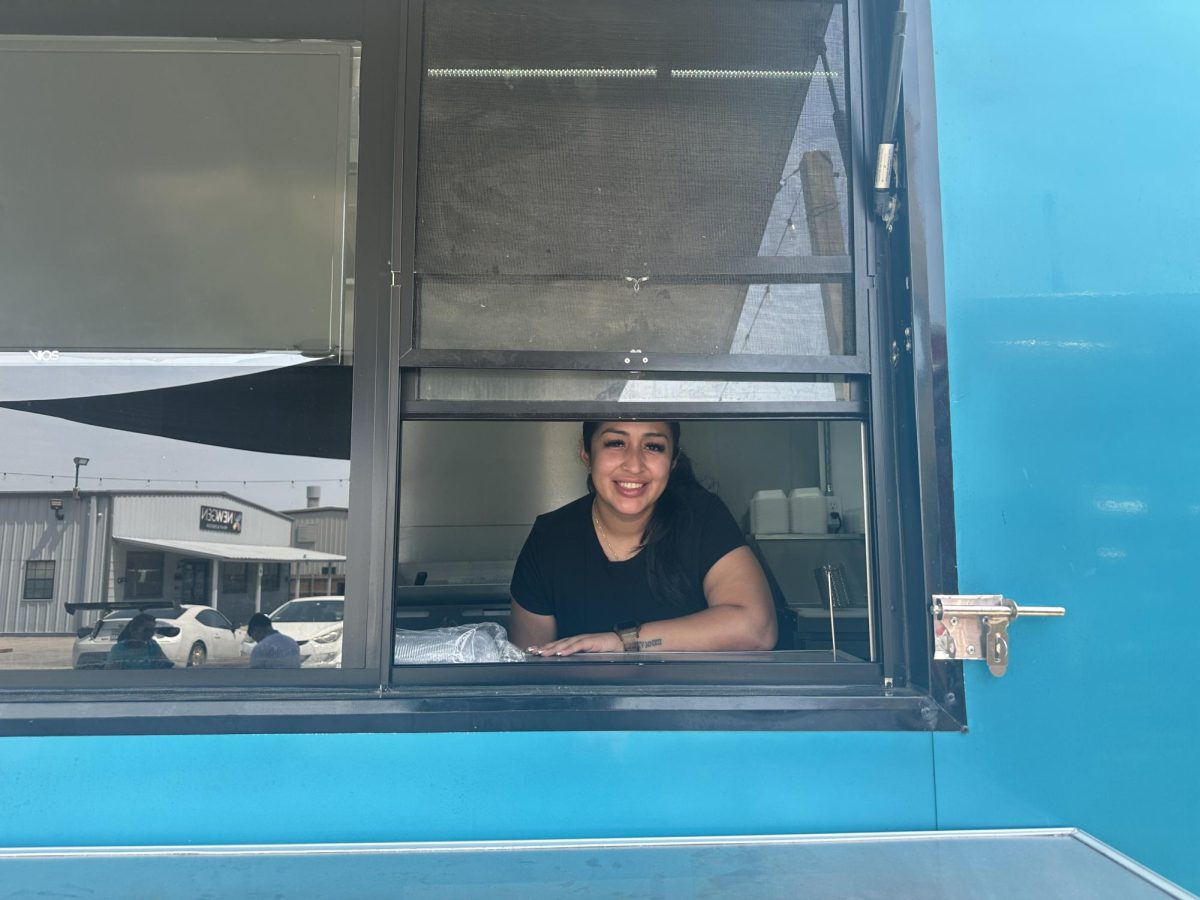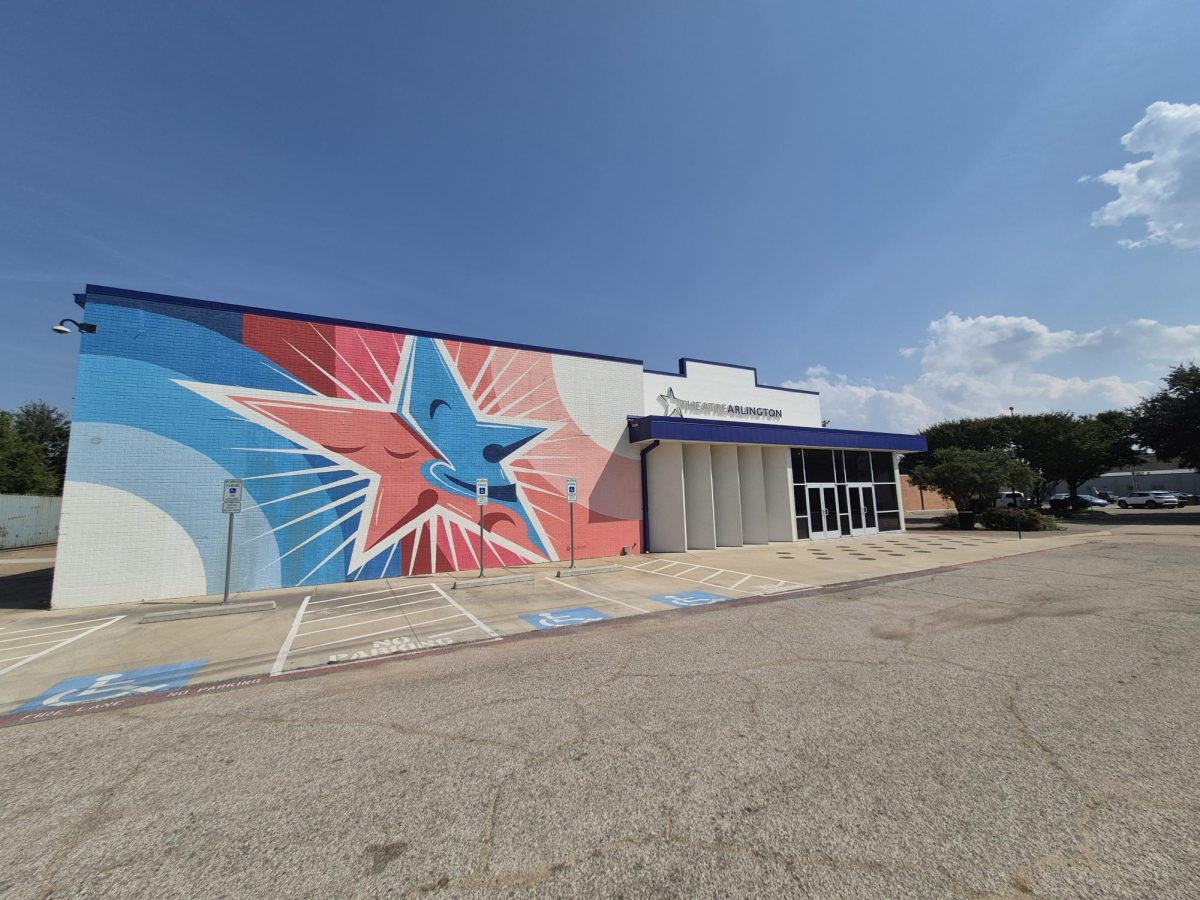ARLINGTON, Texas—For Gloria Garay, life has become increasingly difficult as an Arlington business owner.
Garay owns Tienda Hispana San Judas, a Hispanic market that offers a variety of Hispanic goods, money transfers and exclusive products from El Salvador. But behind the usual struggles and excitement of operating a thriving business lies a crippling fear of vandalism, harassment, robberies and more.
Located in East Arlington, Tienda Hispana San Judas is just one of many businesses in the area that say they have suffered from an ongoing uptick in crime. Just two months ago, they were threatened by telephone and Garay had to take protective measures to ensure the safety of herself, her store and her employees.
“I was really nervous when that happened,” Garay said. “I immediately checked the security cameras and told the workers to lock the front door.”
Before this incident, Garay had already taken steps to protect their safety. The market used to close around 8 p.m., but she felt it necessary to close an hour earlier.
Employees have also noticed that, on the weekends around 7 p.m. or 8 p.m., people wander the streets asking for money.
“They show up at the establishments, at least in our case they have come to ask for money to buy their food,” Garay said. “But then you notice that they are people who are up to no good.”
Garay said law enforcement could improve safety in the area by making more patrol rounds.
“I think that they should be making more rounds at different times in the establishments, not only when they are needed,” Garay said. “I think that it would help a lot if they could go to the establishments at different times.”
Garay’s experiences highlight a concerning trend among Arlington citizens: residents just don’t feel all that safe. According to the 2023 City Service Satisfaction Survey from the City of Arlington, only 56% of residents consider Arlington a safe place to live. The report also shows that 40% of survey respondents reported feeling unsafe in neighborhoods at night, and 58% reported feeling unsafe in business areas at night.
According to the ratings interpretation scale presented with the survey report, an overall response of less than 60% positive indicates “much room for improvement” on the city’s part. But that overall feeling of safety has stayed below 60% in the “much room for improvement” range for five years now.
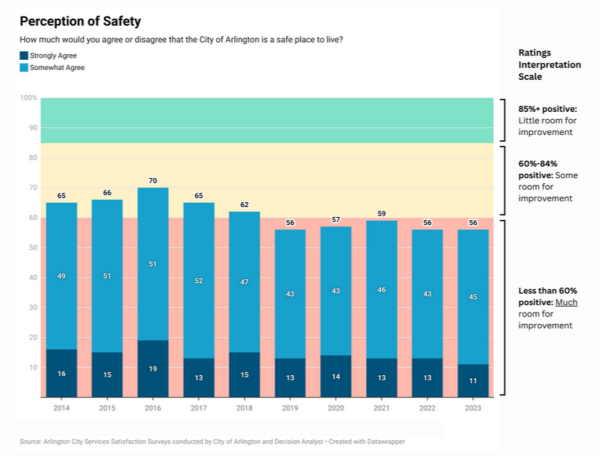
Students at the University of Texas at Arlington living around campus share the unease felt by Arlington residents.
Fatima Mejia is a senior public relations and advertising major who has lived on campus for four years. She spent the first two living at The Heights on Pecan, located at 1225 S. Pecan St.
Mejia said she did not feel safe while living at The Heights. Residents frequently talked about being followed home by an old man that hung out near the apartment and a sex offender living in the house nearby.
“[I felt] I was not safe,” Mejia said. “If you’re living on campus, you’re leaving away from your home, it just makes things worse. “Once the sun came down I didn’t want to go out, because anything can happen.”
Every year the university sends students an annual security and fire safety report in which UTA provides statistics on campus crime, safety initiatives and fire safety protocols for the previous three years.
From 2021 to 2023, the most common offense was drug law violation arrest, followed by liquor law violation arrest and stalking.
According to the National Council on Alcoholism and Drug Dependence, Inc., more than 600,000 college students between the ages of 18 and 24 are assaulted by their peers while intoxicated every year. At least 95% of violent crimes on college campuses involve alcohol, which might affect the victim, the attacker or both. Additionally, alcohol consumption by one or both parties is a factor in 90% of campus sexual assaults and acquaintance rapes.
Alcohol is a factor in 40% of all violent crimes today, and about 37% of the almost 2 million convicted criminals currently incarcerated say they were under the influence of alcohol when they were arrested, according to the Department of Justice.
Additionally, around 60% of individuals arrested for most types of crime tested positive for illegal drugs at arrest.
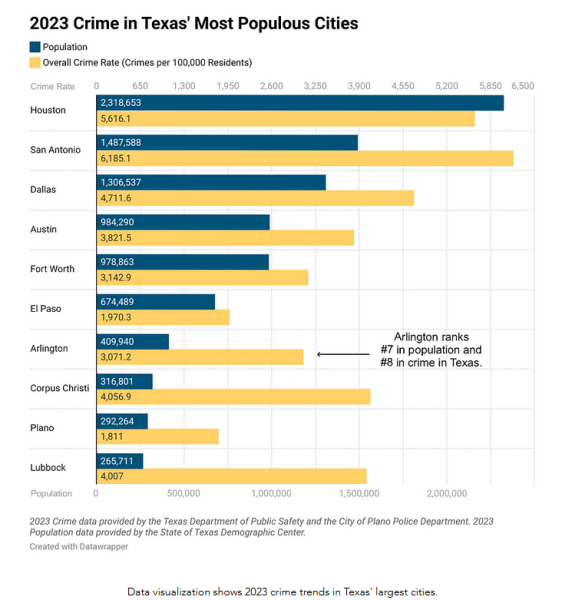
Samantha Escobar is a broadcasting major at UTA, and for the last three years, she has been commuting to campus. This semester she does it every day.
She said she has gotten anxious at night when leaving campus because last semester’s safety reports highlighted violent crime risks.
“On Tuesdays, when it’s my longest day, I do feel a little bit anxious when it’s time to leave,” Escobar said. “Since I do leave campus around 8 or 8:30 p.m.”
UTA Police Department Capt. Mike McCord shed some light on crime trends on campus and in the surrounding areas and what specific safety initiatives are in place to ensure the safety of students, faculty and staff.
“UTA PD works with our on-campus and off-campus partners to help address community issues and crime trends,” McCord said. “A good example is our Neighborhood Police Officer program, which helps to establish a liaison in the police department with residents in campus housing.”
Sexual assault cases on and around campus are also a concern contributing to residents feeling unsafe. In response to these cases, the UTA Police Department collaborates with the university on prevention efforts.
“Every instance of sexual assault and similar crimes is one too many,” McCord said. “Collectively, we work with our campus partners such as Health Services, Counseling and Psychological Services, and Relationship Violence and Sexual Assault Prevention, to provide education related to awareness, options for handling relevant situations, how to report these crimes, and support for victims.”
The Arlington and UTA police departments have installed active panic buttons around campus and the surrounding areas, though sparse.
On campus, adding additional lighting could significantly improve feelings of safety. More lights have been added in the past, but students feel it isn’t enough.
Escobar said that because she has to stay on campus late, she is more conscious about where she parks and said better lighting would make her feel less anxious.
Another meaningful improvement would be extending the operation hours of the MavMover Shuttle Bus so students have a ride around campus and aren’t forced to walk far distances at night.
But while campus police take a proactive role in trying to help students feel safer, Arlington Police do not seem as concerned with the low perception of safety.
Despite the decrease in violent crimes like homicide in Arlington, residents report they still feel unsafe. Arlington PD’s seeming ambivalence toward that feeling points to a breakdown in communication between the department and the community it serves.
The “broken glass theory” suggests that any signs of crime can lead to more crime, which in turn decreases feelings of safety. Because of this, any type of offense could raise significant concerns with the public.
Many Arlington residents currently rely on social media groups on Facebook and NextDoor as their main source for up-to-date crime information. The Facebook page Arlington Texas Crime posts up to a dozen times a day to their its 33,000 followers, and its reach is even larger due to the resharing of its posts on NextDoor. The moderator of the Arlington Texas Crime page regularly claims that Arlington Police aren’t communicating necessary crime information to the public that they need to stay safe.
An increased interest in true crime could also be contributing to feelings of unease as grisly attacks are brought back into the spotlight. A Dateline special in June told the story of the 1996 Arlington murders of educators Wendi Prescott and Christine Vu, who were found raped, strangled, bound with duct tape and left in half-filled bathtubs.
When residents are bombarded with media about past violent crimes in their city and simultaneously feel like their current concerns aren’t being heard or addressed by police today, they feel like they have nowhere to turn for help.
When asked for a comment on the survey results that show only 56% of citizens consider Arlington a safe place to live, APD crime prevention officer Tim Hayden said, “Well, it’s over 50% that think it’s safe. What would be a high number?”
To Hayden, the issue was primarily with the survey itself rather than the low perception of safety.
“It’s such a vague thing,” Hayden said. “It’s easy to say, ‘I don’t feel safe.’”
The City of Arlington has conducted the City Services Satisfaction Survey and gathered data on feelings of safety every year since 2000, including information on what areas residents are feeling unsafe in.
For the APD officers interviewed, this was the first time they had heard of it.
Arlington does have ways for citizens to get involved in crime prevention through community watch groups and their counterpart for the Hispanic community, Unidos. These programs have citizen volunteers act as an extra set of eyes for the police.
The community watch groups meet on a routine basis with police personnel to discuss observations and events occurring in their community.
Officer Dennis Valle oversees the East District community watch group and Unidos. He started in this position about a year ago, and during that time he says that he has seen great success in the engagement from the community so far.
“We have increased the number of community watchers. We are up to 44 now when it was 13 when I first started,” Valle said. “The more we engage, the more we go out to these properties. I’ve seen that really there is not as much crime as there was before.”
The perspective of law enforcement and citizens differ based on their positions. Citizens view crime through a personal lens because it directly affects their families, friends and businesses. Law enforcement don’t always see the day-to-day details that citizens do.
While residents have fears about the crime they see happening in their communities, APD is treating the low perception of safety like a communication problem and that it’s residents’ responsibility to seek out crime statistics and see that rates are falling.
Valle reached out to the businesses around Tienda Hispana San Judas and scheduled a meeting about two weeks ago when business owners expressed their concerns about the safety of their properties and the rise in crime.
Garay went to the meeting to express her concerns alongside the other owners.
She said the business owners agreed the main problem was gangs. Other businesses reported being threatened with extortion from them.
The business owners asked the officers to make rounds at times when they have seen suspicious behavior from people walking around, normally around 7 p.m. to 8 p.m.
“They said they were going to help us as much as possible,” Garay said. “[They’d] try to be present at the times that we have seen that they have been asking us for money.”
In the two weeks since the meeting, Garay said that she has not seen police officers come around during the times her and other business owners requested. She has only seen them do rounds in the morning.
“It would be great if they could drive around and park to observe what is going on around here. Another solution could be if they put cameras,” Garay said. “I do see police cars, but I don’t see them as often. Each week I only see two or three doing rounds. I would wish for them to pay more attention to us.”

